Blog
Looking for more info about who we are and how we work? You’ve come to the right place. The Onefarm blog is a home for the pursuit of yield and insights into how we work. You’ll find a series of articles below on everything from what sort of cattle yard is best for kiwi farms to the latest innovations in agriculture.
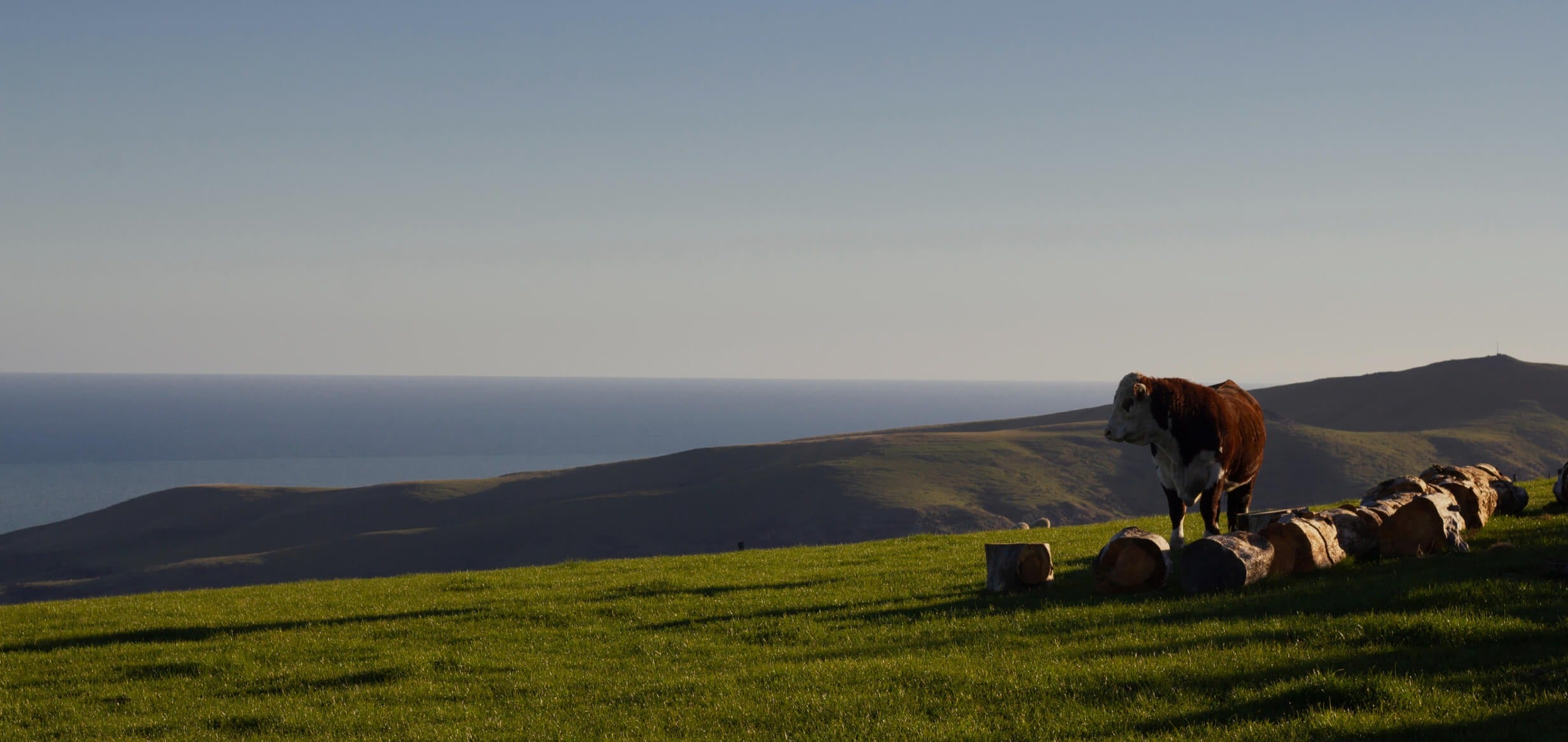
News
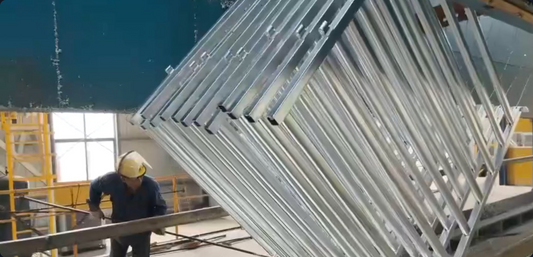
Hot-Dipped Galvanising: The Process Behind All ...
In this guide, we’ll take you behind the scenes of the galvanising process and show you why it makes such a difference to your operation.
Hot-Dipped Galvanising: The Process Behind All ...
In this guide, we’ll take you behind the scenes of the galvanising process and show you why it makes such a difference to your operation.
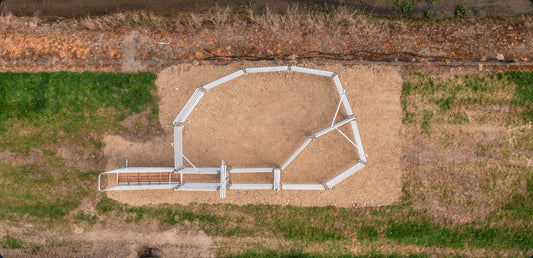
Preparing Your Site for Cattle Yards: What Ever...
In this guide, we’ll answer the most common questions around site preparation for lifestyle block cattle yards and share practical tips to help you get it right.
Preparing Your Site for Cattle Yards: What Ever...
In this guide, we’ll answer the most common questions around site preparation for lifestyle block cattle yards and share practical tips to help you get it right.
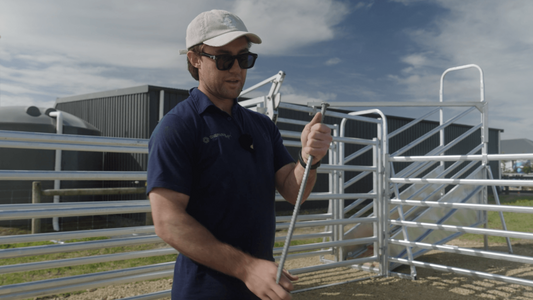
MAXXUS | How do you secure them to the ground?
In this blog, we’ll explain the two core methods for securing our Maxxus cattle yard range to the ground.
MAXXUS | How do you secure them to the ground?
In this blog, we’ll explain the two core methods for securing our Maxxus cattle yard range to the ground.
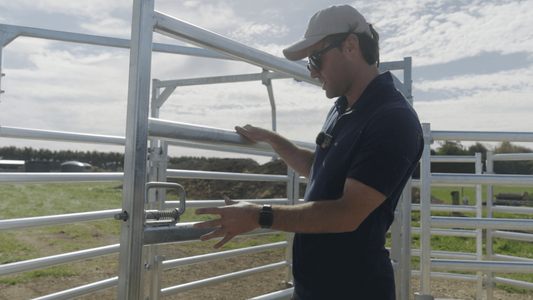
MAXXUS | It’s the small things, that count.
In this blog, we’ll cover two often overlooked features which are a key contributor to a yard safety.
MAXXUS | It’s the small things, that count.
In this blog, we’ll cover two often overlooked features which are a key contributor to a yard safety.
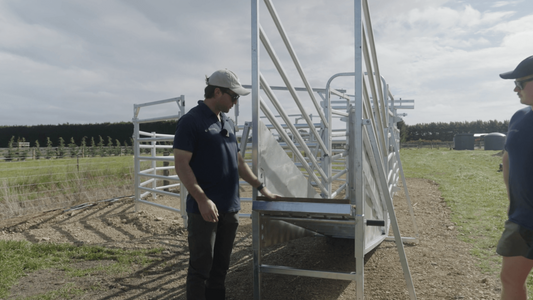
MAXXUS | How much does it cost to include a Loa...
In this blog, we’ll look at the cost of a loading ramp and the situations in which would you need one.
MAXXUS | How much does it cost to include a Loa...
In this blog, we’ll look at the cost of a loading ramp and the situations in which would you need one.
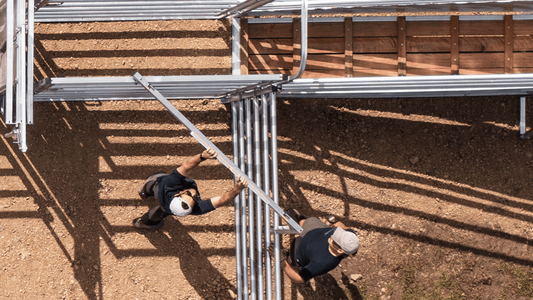
MAXXUS | Are they actually solid enough?
In this blog, we’ll look at the innovations our yards include to increase strength and integrity in smaller yards.
MAXXUS | Are they actually solid enough?
In this blog, we’ll look at the innovations our yards include to increase strength and integrity in smaller yards.